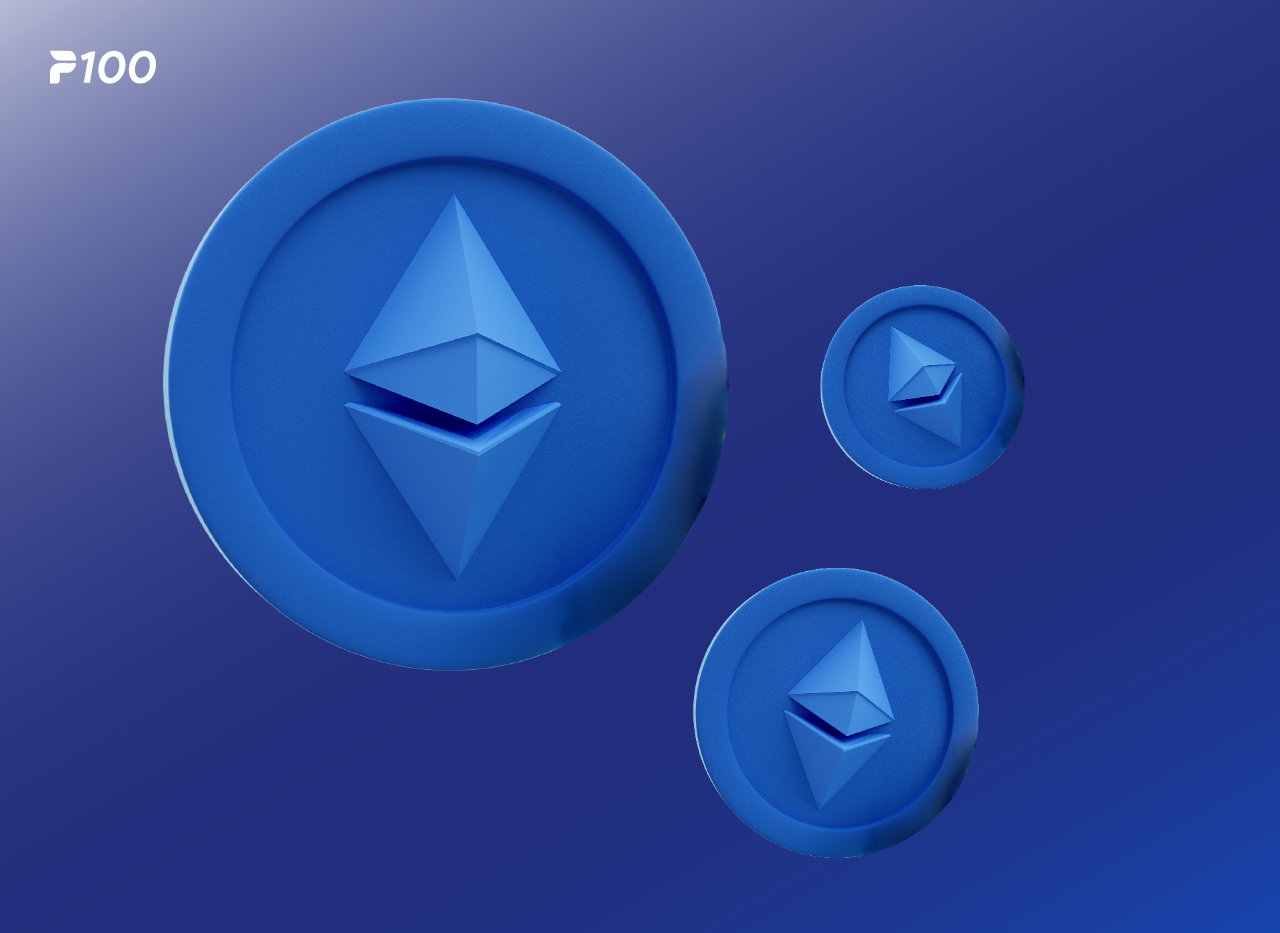ERC20 Tokens: Explained
ERC20 tokens are one of the main components of the Ethereum blockchain. These are digital assets that follow a certain set of rules encoded in a smart contract. These rules simplify the interaction of various applications and services in the Ethereum ecosystem.

What is an ERC20 Standard?
An ERC20 standard includes a set of six mandatory functions and two events, allowing for consistent implementation across various projects. ERC20 tokens can be transferred between addresses, approved for withdrawal by another address, and queried for total supply and individual balances. These functions and events ensure that Ethereum tokens of different types will behave predictably in any Ethereum environment. Mandatory functions are next:
- totalSupply - to check the total supply of tokens
- balanceOf - to find the token balance of an account
- transfer - to send tokens to another account
- approve - allows another account to withdraw a limited number of tokens on behalf of the token holder
- transferFrom - is used by a third party to transfer tokens between two accounts
- allowance - to check how many tokens an spender is allowed to withdraw from an owner
The events Transfer and Approval help keep track of transactions and approvals across the network, providing transparency and a means to handle these tokens programmatically.
Common Issues and Solutions
One notable issue with ERC20 tokens is that they can be accidentally sent to contracts that do not support them, leading to permanent loss. This occurs because ERC20 does not require a contract to acknowledge the receipt of tokens. Developers must ensure that contracts interacting with ERC20 tokens are designed to handle them correctly.
Practical Example
A basic ERC20 token contract includes methods to create tokens, transfer them, and keep track of each account's balance. For instance, a simple ERC20 contract could start with a predetermined supply of tokens assigned to its creator, and would allow users to send these tokens to others under specific rules set in the contract.
How to Buy Ethereum with P100?
To purchase Ethereum, which is required to interact with ERC20 tokens, you can use the P100 app. The purchase process is very simple, create an account, verify your identity, deposit fiat currency, and then purchase Ethereum directly. Once you have Ethereum, you can use it to exchange for ERC20 tokens like USDT or USDC.
For more information on how to get Ethereum read our article.